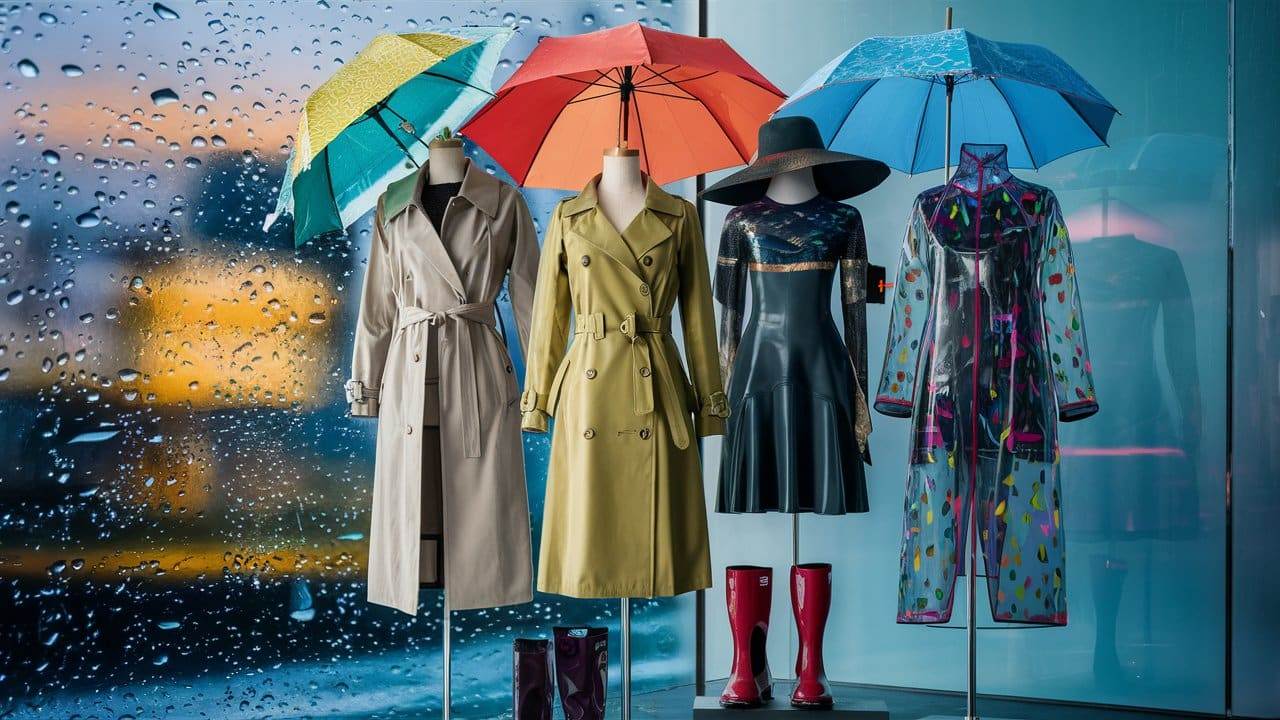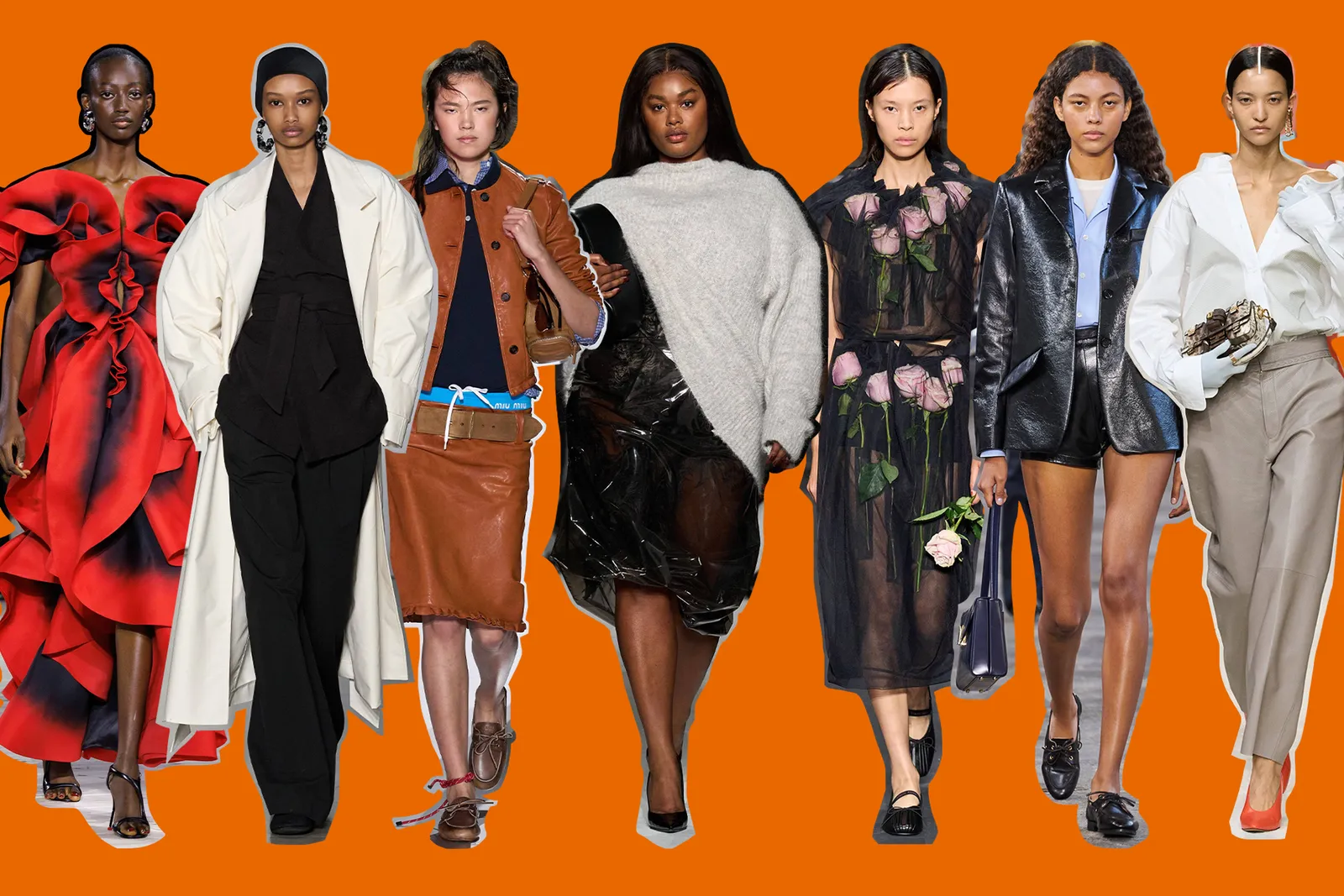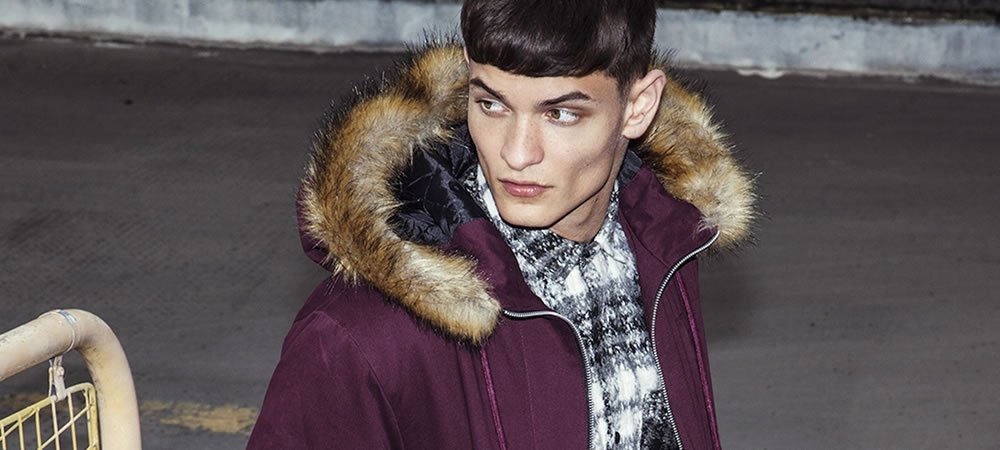India’s fashion scene is a vibrant tapestry of cultures, creativity, and innovation. In 2024, a remarkable trend is taking center stage: the seamless collaboration of modern styles with India’s rich traditional heritage. This fusion celebrates the old while embracing the new, creating a style statement that resonates with millennials and Gen Z alike.
The Rise of Fusion Wear
Fusion wear is redefining Indian fashion. Think lehengas paired with crop tops, dhoti pants styled with peplum blouses, or sarees draped with denim jackets. This trend is not just about aesthetics—it’s about functionality, allowing people to carry a piece of tradition while staying comfortable and chic.
Revamping Traditional Textiles
Indian textiles like Banarasi silk, Kanjivaram, and Chikankari are being reimagined for modern wardrobes. Designers are incorporating these fabrics into contemporary outfits like jumpsuits, maxi dresses, and blazers. The result? Attire that’s perfect for weddings, parties, and even boardrooms.
Gender-Inclusive Traditional Fashion
India’s traditional wear is also embracing inclusivity. Unisex kurtas, saree-inspired gowns, and bandhgalas with softer silhouettes are making waves, ensuring that traditional fashion caters to all genders.
Tech Meets Tradition
Technology is playing a vital role in the resurgence of traditional fashion. Smart fabrics with embedded tech are being paired with traditional embroidery, creating outfits that are as functional as they are beautiful. Virtual design tools are also enabling consumers to customize traditional wear with modern twists.
Why It Matters
This blend of old and new isn’t just a trend—it’s a movement. It symbolizes India’s ability to honor its heritage while embracing a global future, creating a fashion statement that’s both timeless and forward-thinking.
So, whether it’s a saree draped with sneakers or a Nehru jacket styled with joggers, this collaboration of tradition and modernity is setting the tone for a stylish tomorrow.
The Rise of Ready-to-Wear Clothing: Spotlight on Zara, H&M, and More
In the ever-evolving world of fashion, ready-to-wear (RTW) clothing has revolutionized how we dress. Unlike haute couture, which requires time and a hefty price tag, RTW offers stylish, high-quality garments that are accessible, affordable, and instantly wearable. Brands like Zara, H&M, and Uniqlo are leading the charge, making fashion a democratic experience for millions worldwide.
What is Ready-to-Wear Fashion?
Ready-to-wear clothing refers to mass-produced garments designed in standard sizes, allowing consumers to purchase and wear them straight off the rack. This concept bridges the gap between high-fashion exclusivity and everyday practicality, blending creativity with accessibility.
Zara: The Pioneer of Fast Fashion
Zara, a Spanish powerhouse, has set benchmarks in the RTW segment. Known for its rapid turnaround, Zara brings runway-inspired trends to stores in record time. With new collections dropping almost weekly, Zara ensures its customers always have access to the latest styles.
What Sets Zara Apart:
- Trend-driven designs.
- Affordable luxury feel.
- Speedy production cycle—concepts go from design to store in just weeks.
H&M: Affordable and Inclusive
Hailing from Sweden, H&M focuses on affordability without compromising on style. With an emphasis on collaborations (think Balmain and Versace collections), H&M bridges high fashion with everyday wear. Its conscious collection also highlights its commitment to sustainability.
Why H&M Stands Out:
- Budget-friendly options.
- Extensive variety, from basics to partywear.
- Sustainability efforts through recycling programs.
Uniqlo: The King of Minimalism
Japan’s Uniqlo brings a fresh perspective to RTW fashion, emphasizing timeless pieces over fleeting trends. Known for its technical innovations like HeatTech and AIRism fabrics, Uniqlo ensures comfort without sacrificing style.
Uniqlo’s Unique Appeal:
- Focus on basics and essentials.
- Innovative, functional clothing.
- Longevity over fast fashion trends.
Why Ready-to-Wear is a Global Phenomenon
- Convenience: RTW eliminates the need for tailoring or customization, catering to fast-paced lifestyles.
- Affordability: Mass production reduces costs, making fashion accessible to a wider audience.
- Trend Responsiveness: Brands like Zara and H&M can quickly adapt to new trends, ensuring customers are always in vogue.
- Sustainability Shifts: Many RTW brands are now focusing on eco-friendly practices, meeting consumer demand for responsible fashion.
The Future of Ready-to-Wear
As technology advances, RTW fashion will continue to evolve. AI-driven trend forecasting, sustainable fabric innovations, and virtual try-on features are shaping the next era of RTW. Brands like Zara and H&M are not only responding to current consumer needs but also paving the way for a more inclusive, sustainable, and stylish future.
Whether you’re dressing for work, a casual outing, or a glamorous evening, ready-to-wear clothing ensures you’re always prepared without breaking the bank. The next time you browse the racks at Zara or H&M, remember—you’re part of a fashion revolution that’s here to stay!



